Senate must now act to establish a first-of-its-kind federal grant program for wildlife crossings and advance other important conservation priorities
Washington, D.C. — In a 221-201 floor vote today, the U.S. House of Representatives passed the INVEST in America Act, a five-year highway bill with much-needed funding for fish and wildlife habitat connectivity, climate resilience, and road and trail maintenance across public lands.
The Theodore Roosevelt Conservation Partnership is particularly encouraged to see the advancement of a new $100-million-per-year grant program that would help states construct more wildlife-friendly road crossing structures, including over- and underpasses, that benefit migrating big game and many other species. An amendment was also successfully passed to establish a new grant program to fund and support culvert restoration projects, which will help restore essential anadromous fish passages across the nation.
“It’s the right time to invest in America’s transportation infrastructure and jobs, and it’s highly appropriate that we look out for fish and wildlife habitat as we make largescale improvements,” says Whit Fosburgh, president and CEO of the Theodore Roosevelt Conservation Partnership. “This may be our best chance to knit together fragmented migration corridors and fish habitat, especially now that we know more about the way animals use seasonal habitats and exactly how development affects their movement patterns. The science and technology have advanced, but we can’t create solutions without the dedicated funding provided in this bill, which would create the first national wildlife crossings initiative of its kind and help prioritize culvert restoration across the country.”
The bill also includes an amendment that authorizes the Legacy Roads and Trails Remediation Program through 2030 and requires the U.S. Forest Service to develop a national strategy for using the program—which would have a direct impact on public land access and hunting and fishing opportunities on Forest Service lands. The Forest Service also gets a share of the $555 million per year included in INVEST for the Federal Land Transportation Program, but the TRCP and partners will continue to push for more balance here.
Importantly, INVEST would also:
- Reauthorize the Sport Fish Restoration Program, the well-known conservation fund that draws from angler license and gear purchases.
- Create a Community Resilience and Restoration Fund and competitive grant program at the National Fish and Wildlife Foundation, authorized at $100 million per year.
- Increase funding for the Clean Water State Revolving Fund Program to $40 billion over five years. Fifteen percent of these funds would be set aside to encourage states to invest in natural systems and nature-based approaches to addressing local water quality challenges.
The Senate surface transportation bill includes the culvert provisions but only $350 million over five years for wildlife crossings. It also includes a climate resilience program that is not in the House bill. The two versions will need to be reconciled before the president can sign off and advance the much-needed conservation provisions mentioned above.
Top image courtesy of the Utah Division of Wildlife Resources.

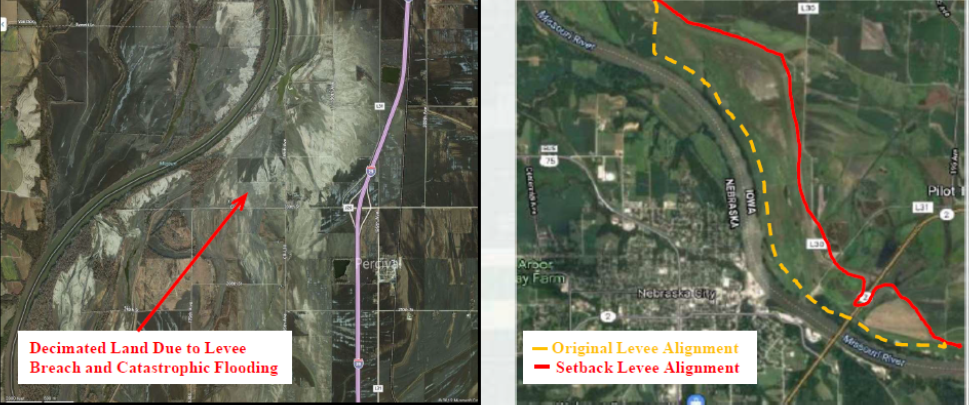
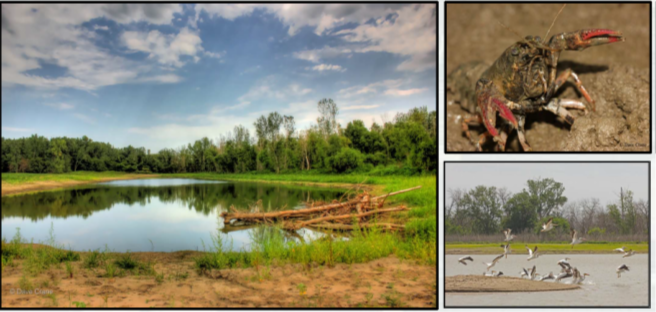
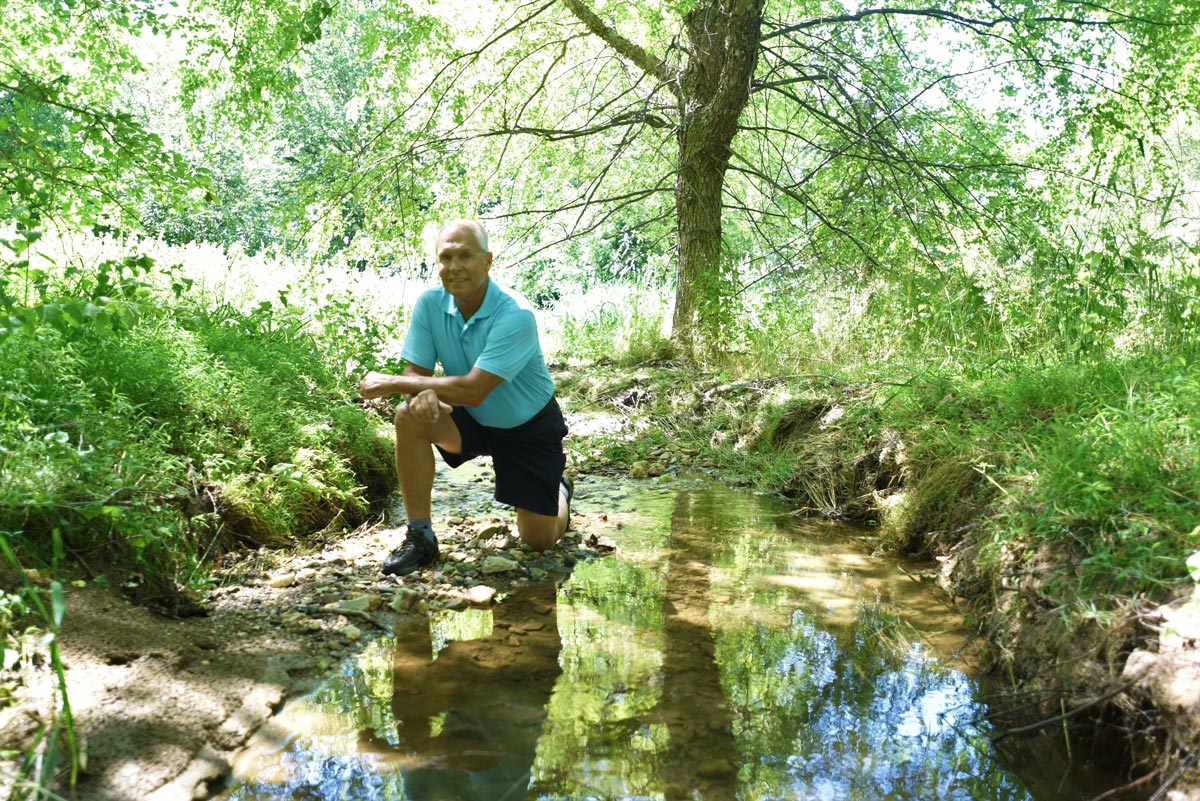
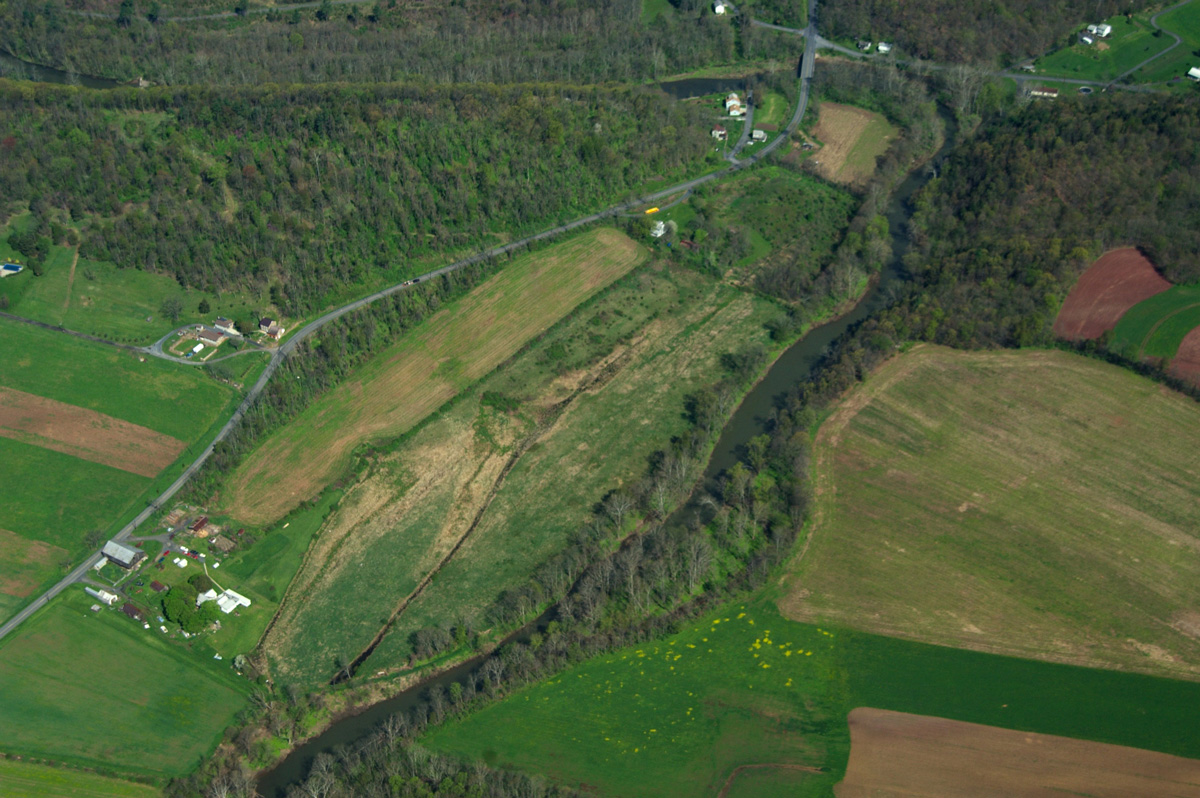
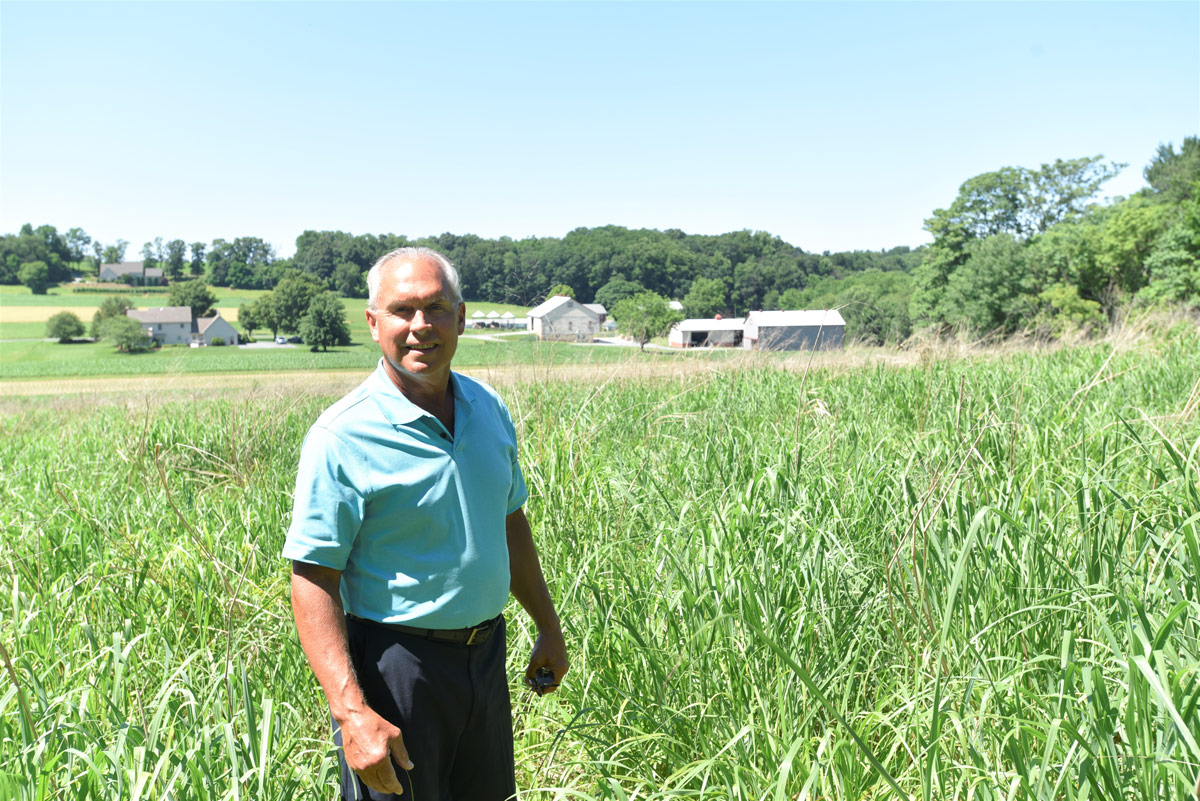

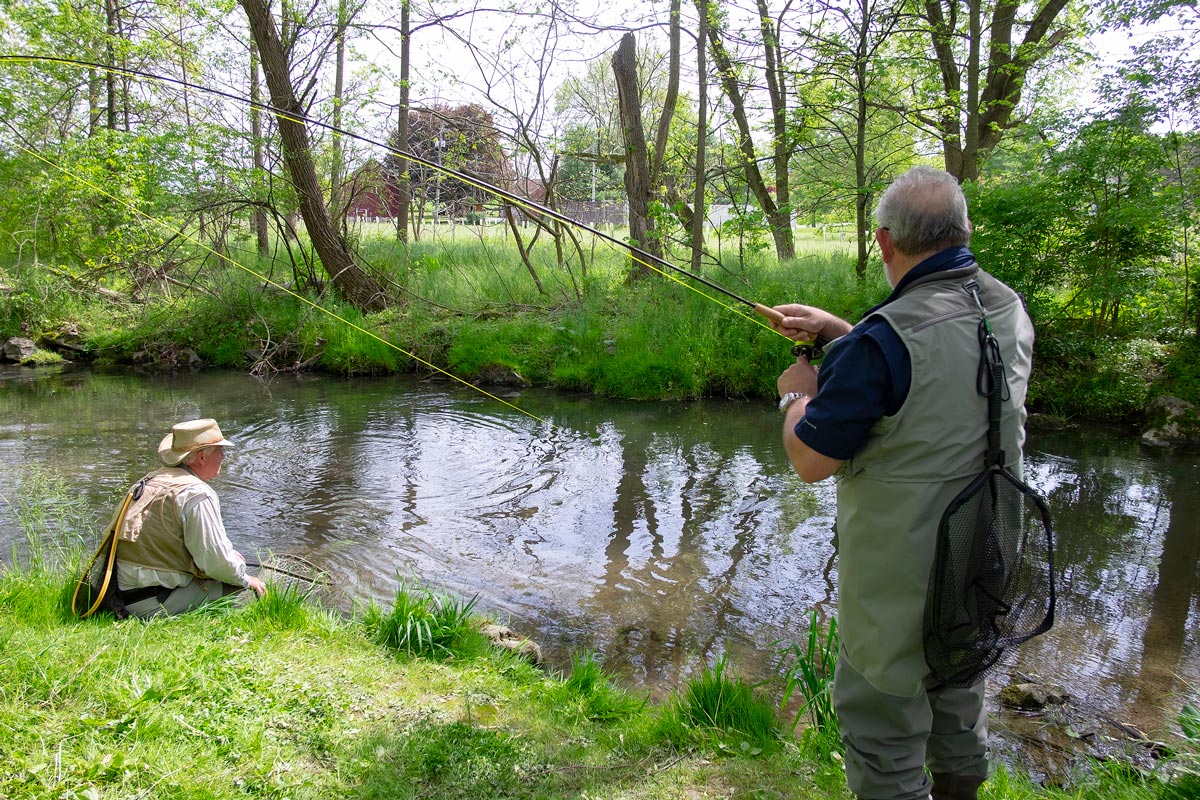
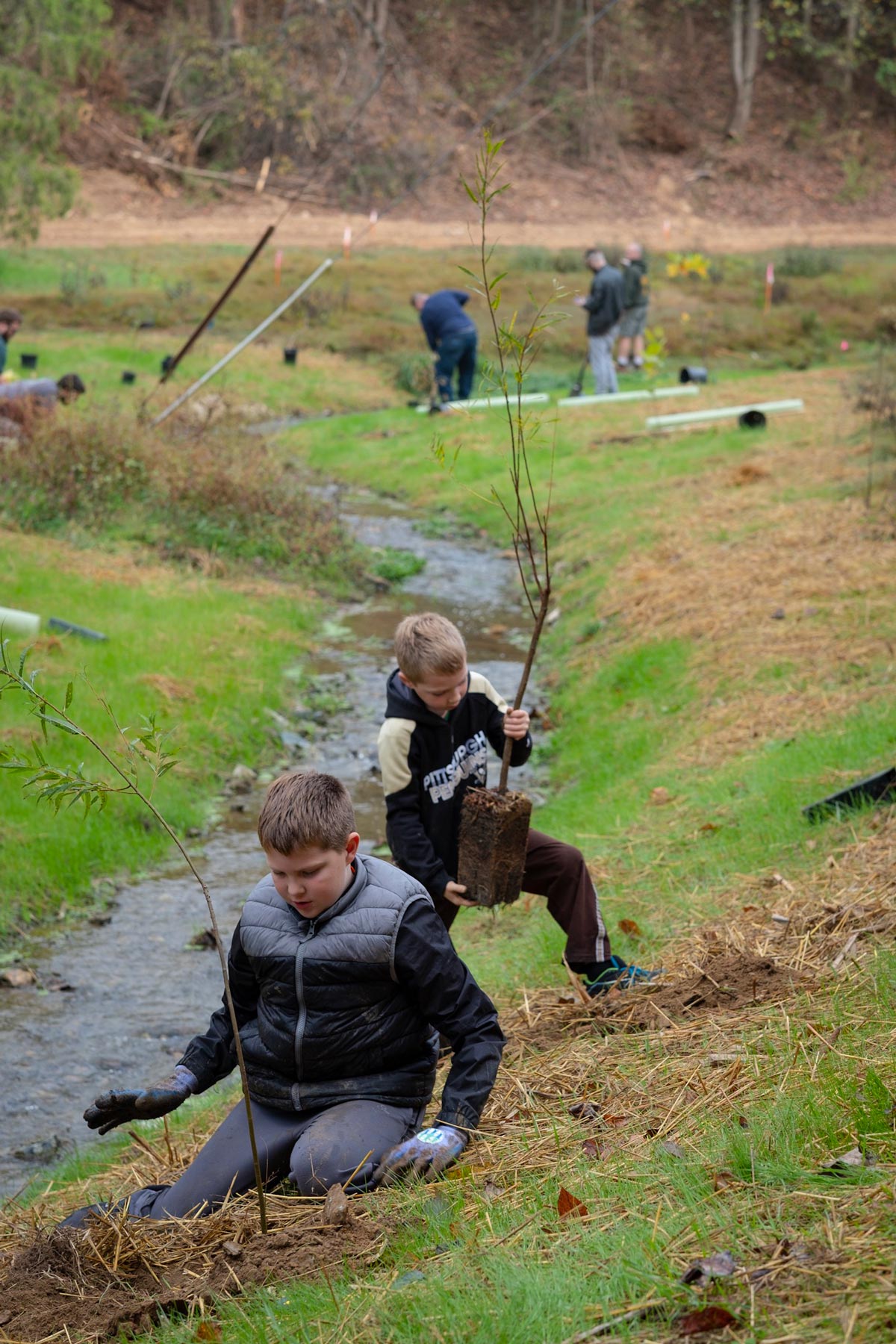




Pass the House version of this bill! Please support wildlife in every way possible. Efforts to protect wildlife are way overdue.
Pass the House version of this bill! Provide safe crossings for wildlife across highways in every state!
Finally!
This is excellent. Many organizations in the U.S. and around the world are working on this and wildlife corridors. Check out their efforts via the internet. Please give to organizations that are supporting this work.
We have several wildlife crossing in Utah. A couple up near Park City. I believe they have worked very well to save both wildlife and drivers on our busy highways, but we just don’t have enough of them.